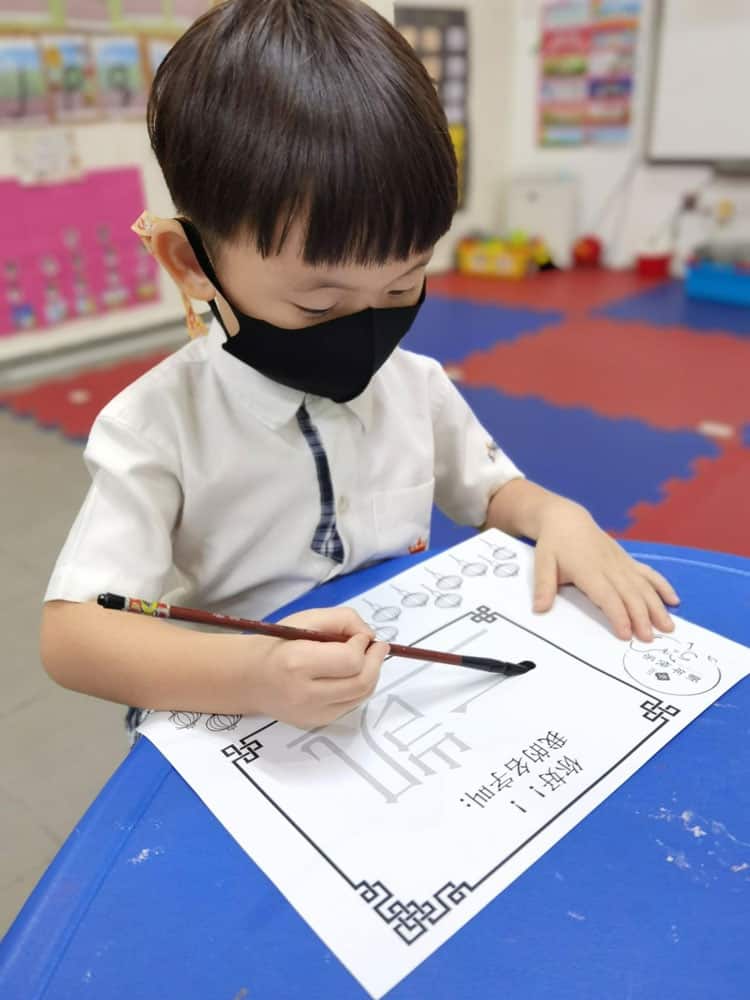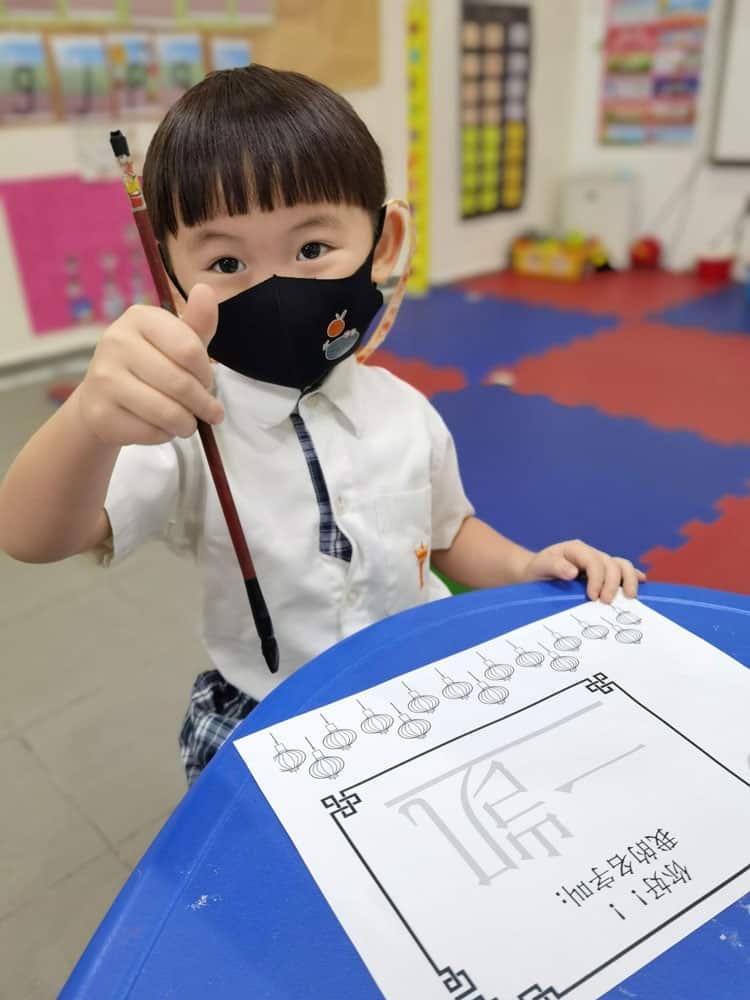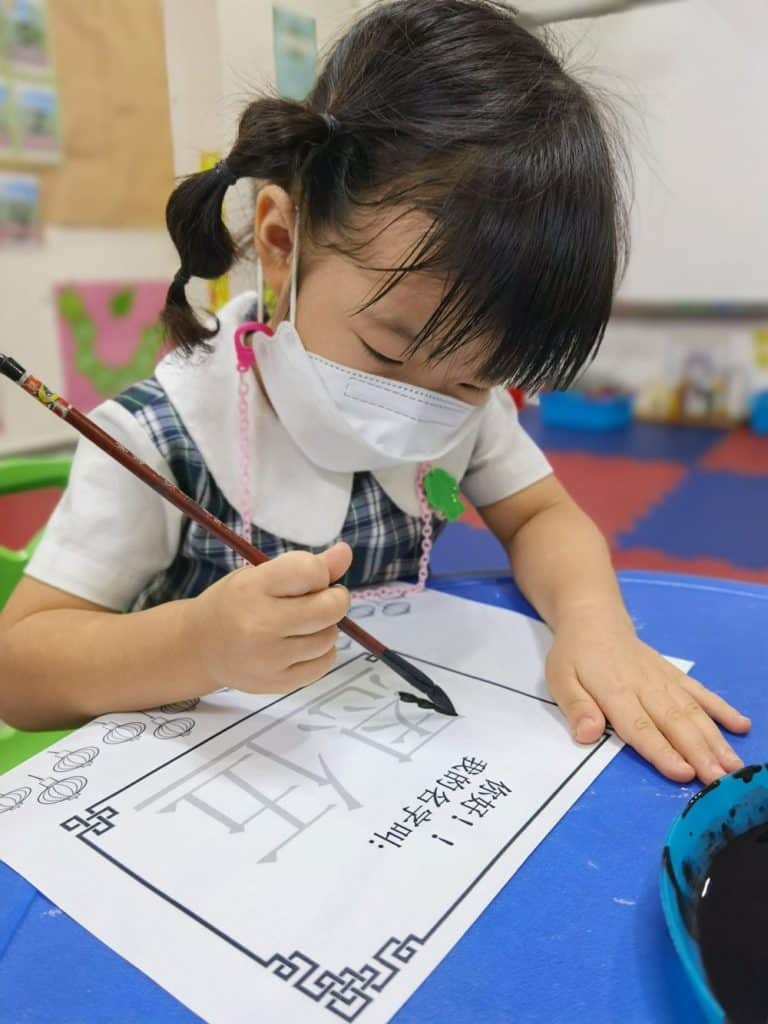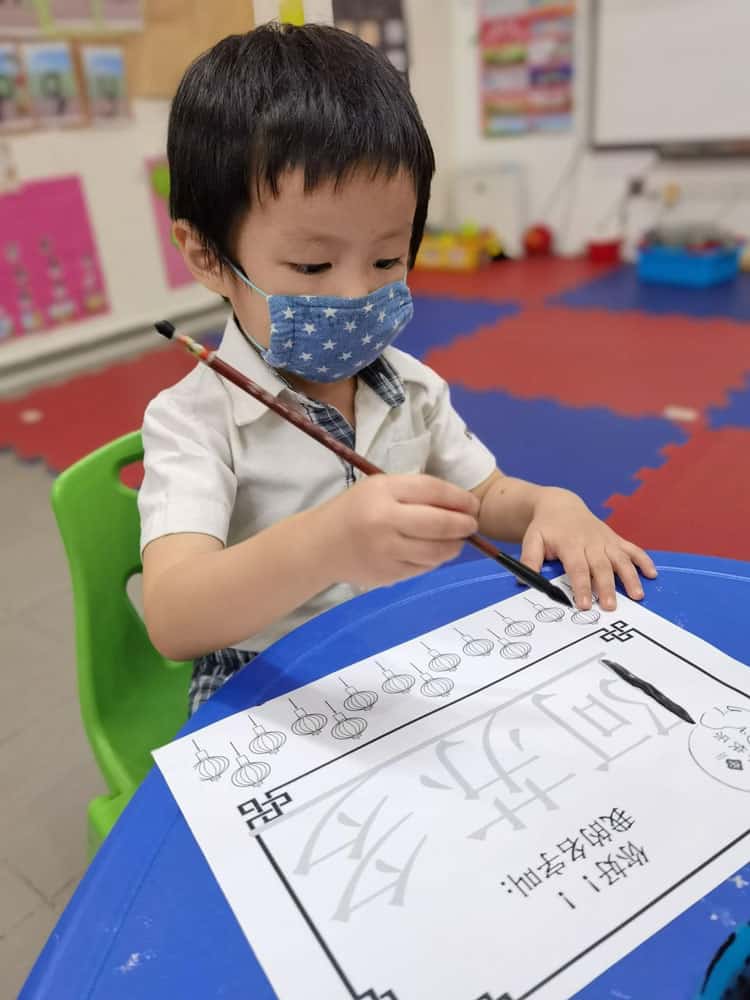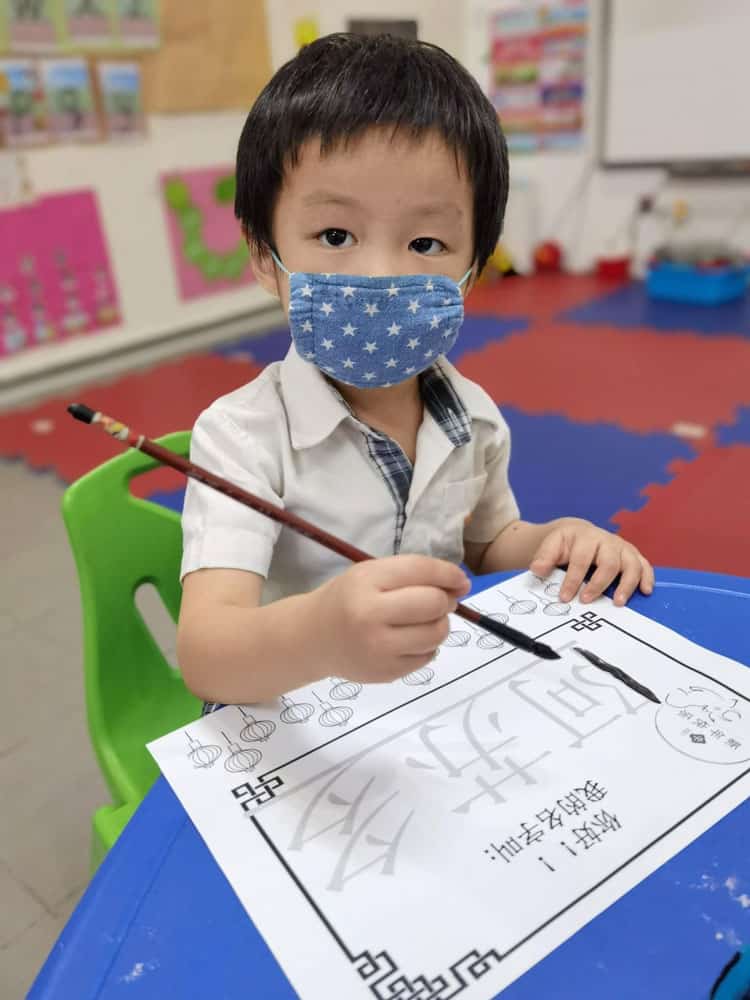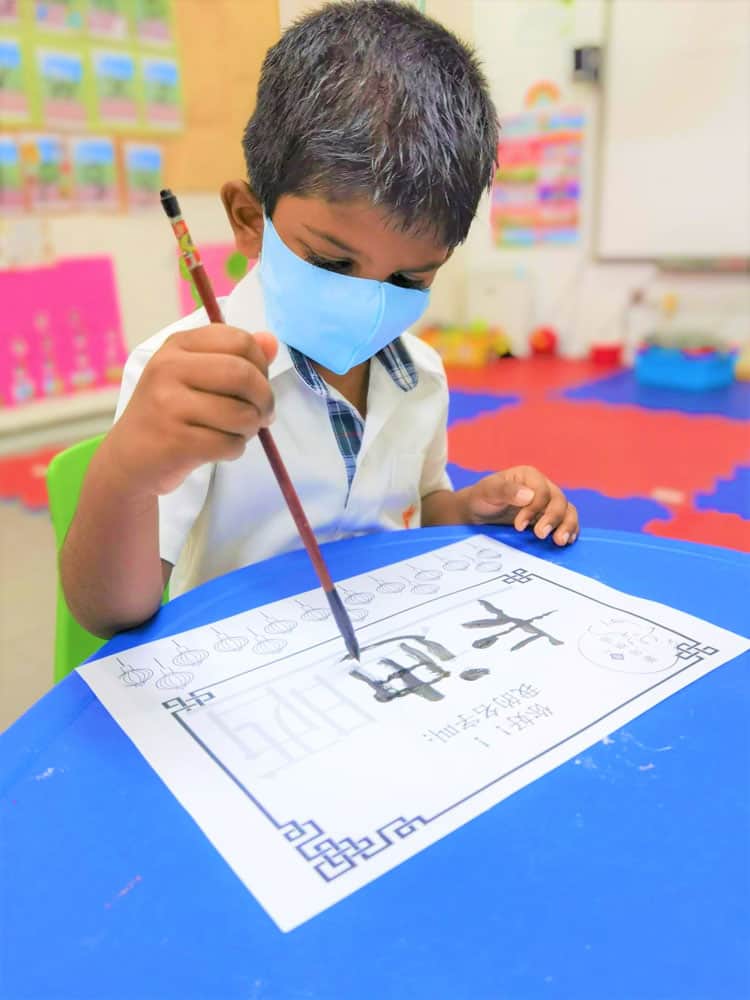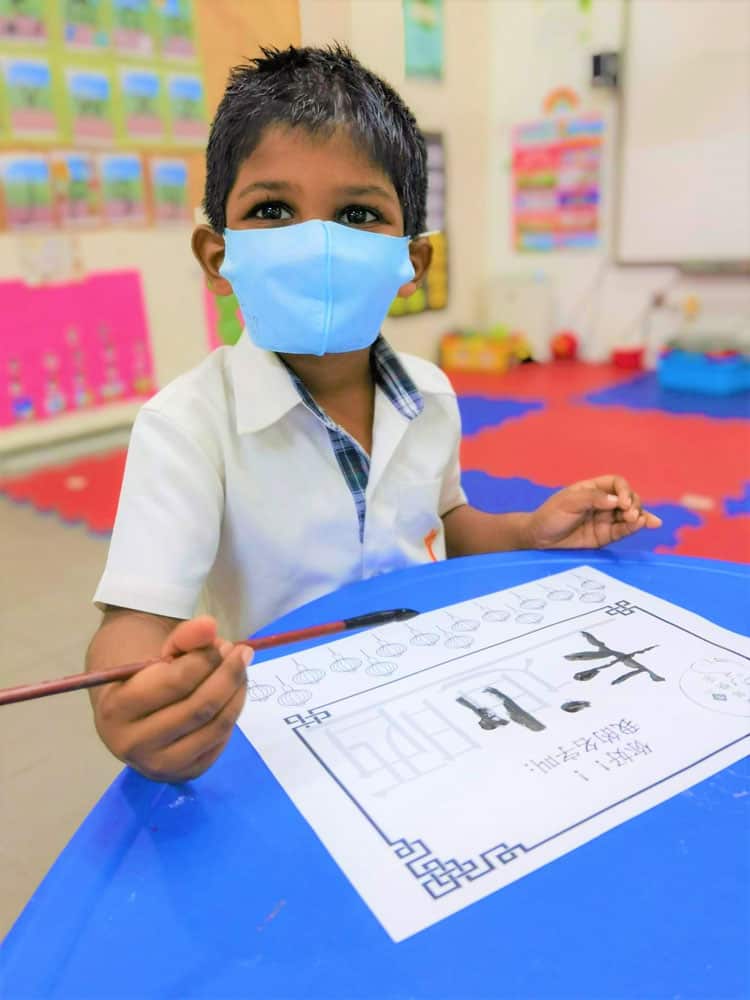Calligraphy is a craft requiring singularly few tools – the writing instrument, the ink and the writing surface are the only essentials. The art of calligraphy depends on the scribe having an understanding of the proper use of all three, on his knowledge of letterforms and on his skill and freedom in their use.
Heather Child, ‘Pens in Perspective’, The Calligrapher’s Handbook
What is Calligraphy? Calligraphy is more than ‘beautiful handwriting’ or ‘ornate lettering techniques.’ It is the art of forming beautiful symbols by hand and arranging them well. This ingenious art has been described as the closest one can sense to hearing music with their eyes.
It’s a set of skills and techniques for positioning and inscribing words so they show integrity, harmony, ancestry, rhythm and creative fire. Symbol here means a mark which has a specific agreed-upon meaning in a language, like a letter of the alphabet, a numeral or a word. Integrity of a letter or other symbol means admirable proportions and form.
Harmony describes a pleasing relationship between different visual elements in a piece of calligraphy: parts of a letter, letters, words, the whole text and surrounding space. Ancestry refers to the heritage of letter-shapes, materials and techniques which calligraphers use. Rhythm means the calligrapher’s deliberate repetition and variation of marks and spaces to create feelings of pattern and emphasis when you look at the work. Creative fire denotes the slightly mysterious life and individuality of any piece of art with a personal touch.
In Maple Leaf Kingsley International School, we encourage our students to experience and be exposed to different cultures in Malaysia. In our Early Year Departments (EYD), Nursery students get the opportunity to learn The Art of Calligraphy. They were guided by our dedicated teachers to write creatively by using the Chinese traditional brushes and ink.
Calligraphy has been appreciated as an art form in many different cultures throughout the world. Even Picasso, the world-famous master of art has once expressed: “If I once lived in China, I must have become a calligrapher.”
The objective of this activity for our students is to produce a reaction, just like any quality piece of sculpture or painting, its goals are to invoke a deeper meaning and communicate with the viewer on both the linguistic and creative level. Our students enjoyed this activity and seemed pleased with the final outcome on calligraphy writing.
